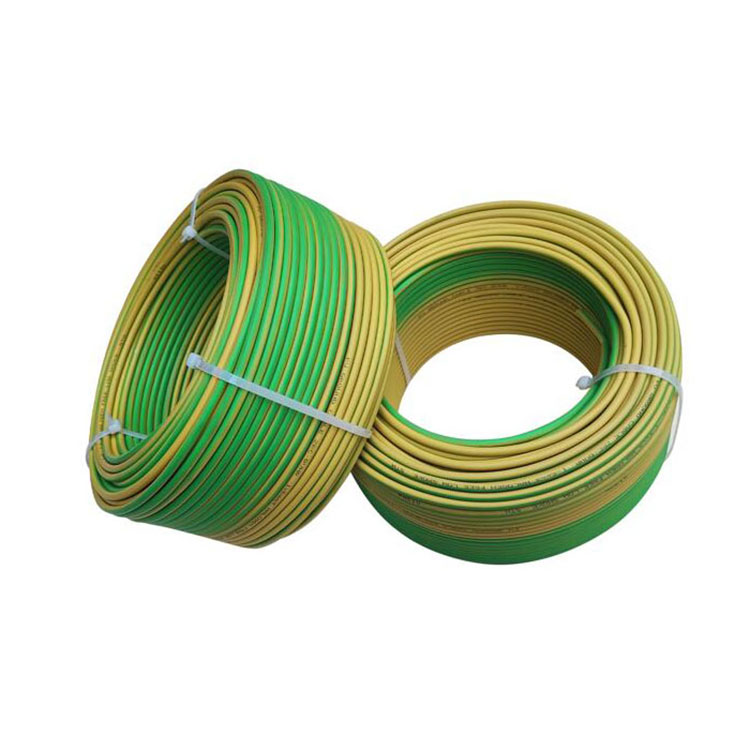Are solar cables different from regular cables?
One of the primary disparities between solar cables and traditional cables lies in the insulation material utilized. Solar cables, purposefully crafted for the unique demands of photovoltaic systems, feature insulation made of cross-linked polyethylene (XLPE) or ethylene propylene rubber (EPR). This design addresses the formidable challenges posed by the sun’s ultraviolet (UV) radiation and other environmental factors. Unlike normal cables, which may employ insulation materials such as polyvinyl chloride (PVC) or rubber, solar cables are fortified against the deleterious effects of prolonged exposure to sunlight.
Temperature resistance is another pivotal factor that distinguishes solar cables from their traditional counterparts. Solar cables are engineered to withstand a spectrum of temperatures, particularly the elevated levels that can be generated within solar panel systems. This resistance to temperature fluctuations is crucial for the sustained performance of cables in solar installations, where varying environmental conditions are the norm. The materials used in solar cables provide them with a higher threshold for heat, ensuring their steadfastness even in the face of the thermal challenges inherent in solar power generation. In contrast, standard cables may not possess the same degree of temperature resistance, making them less suitable for the demanding conditions encountered in solar arrays.
Flexibility is a characteristic that assumes heightened significance in the context of solar installations. Solar cables are designed with a keen awareness of the intricate routing and bending often required in the installation of solar panels. Their enhanced flexibility facilitates ease of installation, allowing them to navigate through tight spaces and intricate configurations with minimal hassle. On the other hand, normal cables, while having a range of flexibility characteristics depending on their intended use, may lack the optimized flexibility needed to navigate the unique challenges posed by solar installations.
Durability and outdoor performance are paramount considerations in the selection of cables for solar applications. Solar cables, cognizant of their role in outdoor environments, are crafted with materials that endow them with robust durability. Exposure to sunlight, rain, and other environmental elements is an inevitable part of the life of a solar cable. Hence, the materials used in their construction are chosen for their resilience in the face of these challenges. The durability of solar cables is not just a matter of longevity; it directly impacts the reliability of the entire solar power system. In contrast, normal cables, which may be designed for indoor use or less demanding outdoor conditions, might not possess the same level of durability or weather resistance as their solar counterparts.




